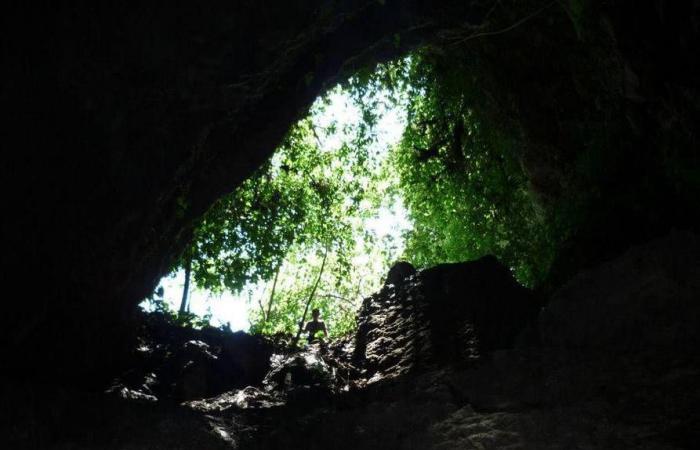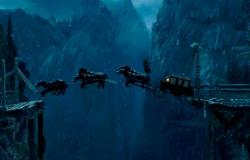
The Argentine writer Álex Chionetti travels to the underground world of the Ecuadorian Amazon in his work ‘The Odyssey of the Tayos’, where he collects his experiences as an explorer and announces the possible existence of an American civilization much earlier than those known.
“I know that there are advanced cities of cultures that we still do not know deep beneath the Ecuadorian, Colombian and Peruvian Amazon,” Chionetti stated in an interview with EFEin Quito, on the occasion of his visit to the country to present the book and carry out a new expedition to the famous Cueva de los Tayos that inspired his work, published by the Planeta publishing house.
This cavern houses archaeological vestiges of ancient cultures and peoples who have inhabited it until at least the year 500 AD.
The cavern is about 200 million years old and is located under the tropical jungle of the province of Morona, east of the Andes, in a foothills known as the Cordillera del Cóndor, which serves as the border with Peru.
The enigmatic Cueva de los Tayos in Ecuador: A hidden treasure, a metallic library and intraterrestrial worlds
Its name is due to the bird that lives there, called tayo (steatornis caripensis) and known in other countries as the guácharo.
Although it is created naturally as a result of water erosion on limestone soils and rock falls, the scientific writer also pointed out that it has structures that cannot be explained only “through erosion.”
In this sense, Chionetti added that they are formations “really similar to the advanced constructions of the Incas and pre-Incas, who moved blocks, could drill into the earth” and “move megaliths (large rocks).”
However, Chionetti recognized that “official archeology and anthropology” ignore the possibility that an American civilization existed prior to the known ones.
And he noted that, according to the official version, “South America did not have a large population or advanced cities” at the dawn of humanity. A version that the writer rejected and judged to be Eurocentric.
Beyond this scientific dispute, the film director and distributor also pointed out that the mystery surrounding this cave has given rise to countless conspiracy myths and legends, which relate it to extraterrestrials.
In that sense, he clarified that in his book he tried to separate “what is reality from legend, because there have been and continue to be a lot of distortions,” said the author, who reaffirmed his efforts to “seek the truth.”
Faced with these gaps in human knowledge, Chionetti maintained that we must “review and continue analyzing, because things happened that have not really been clarified.”
One of the great enigmas is related to what is known as ‘the metal library’, which is metal plates with engravings reminiscent of those of the Sumerian civilization, considered the first civilization in the world.
Discovery of the cavern
This cave “has attracted attention because it connects with a lot of traditional sacred stories of the Shuar indigenous people, who are really the patrons of this wonder of Ecuador,” declared Chionetti.
For this reason, he acknowledged that it has taken him about three decades of work to make this natural area known worldwide, although he was proud that today this place is valued and recognized as one of the seven wonders of the Andean country.
The author explained that this environment is also “part of a story that connects this country with the exploration of other countries.”
Although the Shuar people already knew of the existence of the cave, a notarial document dated 1969, in Guayaquil, made the Hungarian scientist naturalized from Argentina, Juan Móricz, the official discoverer.
Precisely, the author expressed that his fixation with this formation was born from the knowledge that those foreign explorers who preceded him gave him.
For this reason, in these pages it also draws a timeline of all the expeditions that have been carried out so far.
Thus, Chionetti pointed out that the reading public, in addition to finding “a personal experience,” will also find “the most complete book so far in Spanish” about the Cueva de los Tayos.




